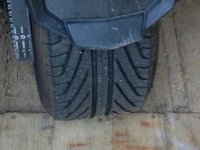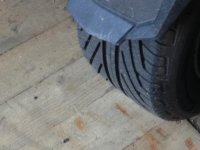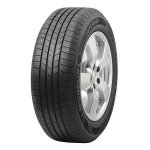KX5062
Well-known member
The original post was providing information that BRP had changed their compound (and part number) of their OEM rear tire. Many on the forum want to use the OEM tire, thus such information should be of benefit to them. Especially since so many have been wearing out the 2013/2014 rear tires in short periods compared to the previous ones.
I had posted previously that the 2013/2014 tires were of a softer compound and that was one of the reasons why they were going bald so quickly, but many did not want to believe that. I came across new information that was consistent with the softer compound of the 2013/2014 tires, so it was shared.
I for one ONLY use automotive rear tires. And I agree, even if BRP went back to their 2012 compound, I will continue to use an automotive tire on the rear because I believe it to be of higher quality and it wears longer and wears more even. So far I have burned through three different types, 2 of the Kumho, 2 of the Maxxis, 2 of the Toyo, all in the 225/50-15 OEM size.
To that point, we have traditionally believed it was the weak and cheap OEM tire ballooning out at high speeds due to centrifugal force that was the cause of the center wear. Some also believe high air pressure to also contribute to the center section wear. I am of the opinion one should never exceed the 28 psi suggestion, and I believe running lower is going to wear the rear tire better. Even with the OEM Kenda I would suggest going no more than 25-26. I run 25 right now on both of my units with auto tires. That said, the center section still wears faster than the outer edges. Not as fast as the OEM tires, but it could still be better.
So maybe there is more to this than just tire construction and air pressure. It has been suggested the rear rim is too narrow for the 225/50-15 tire profile, and that the 215/60-15 or 205/60-15 widths are going to wear the center even better because the narrower tire will fit the narrow rim better. The theory is the narrow rim pulls the 225/50-15 tire in to the rim, leading to bowing out the center section out on the 225 tires, also contributing to the accelerated center section wear.
I am not proclaiming to know this to be fact, I am just throwing it out there for you to consider. There might be good logic in using a narrower auto tire simply from the fit and even wear on the OEM rim, not just cost and durability and more miles.
Which of the automotive tires did you like the best, since you have good real world experience?
Also, you have an interesting theory about the rim size. That would be very easy to confirm. Measuring the rim will tell the tale. There is a set formula as to rim size and tire width. You could be onto something. :thumbup:



